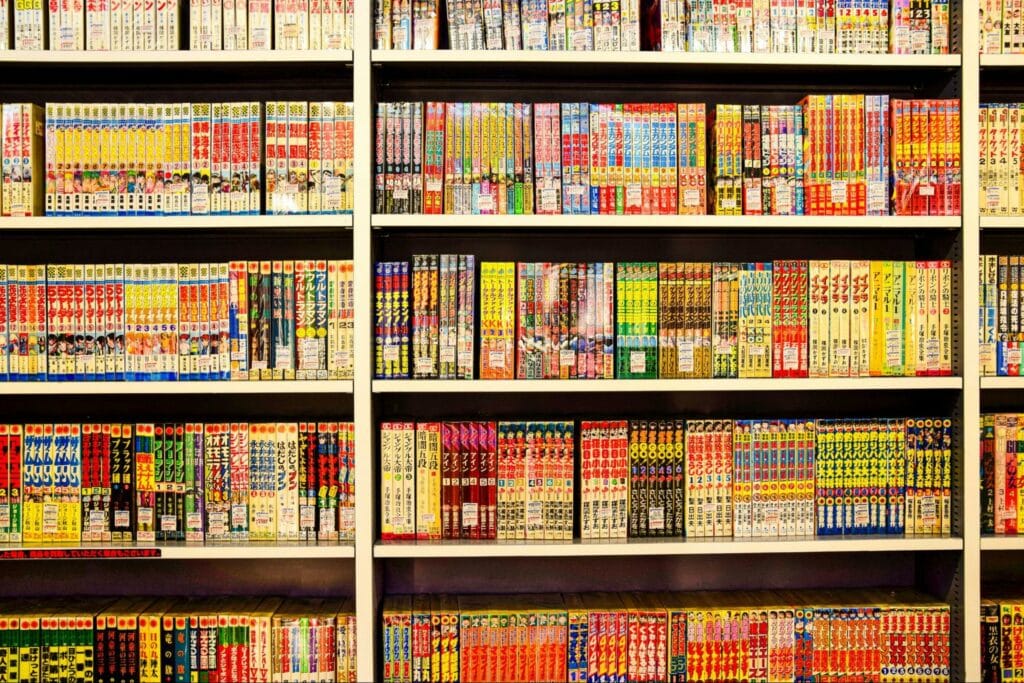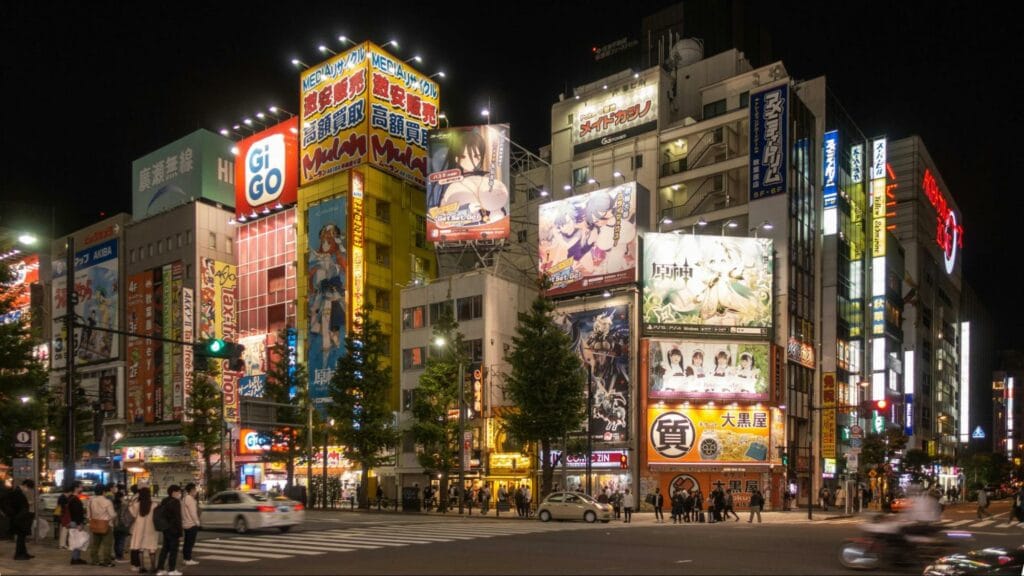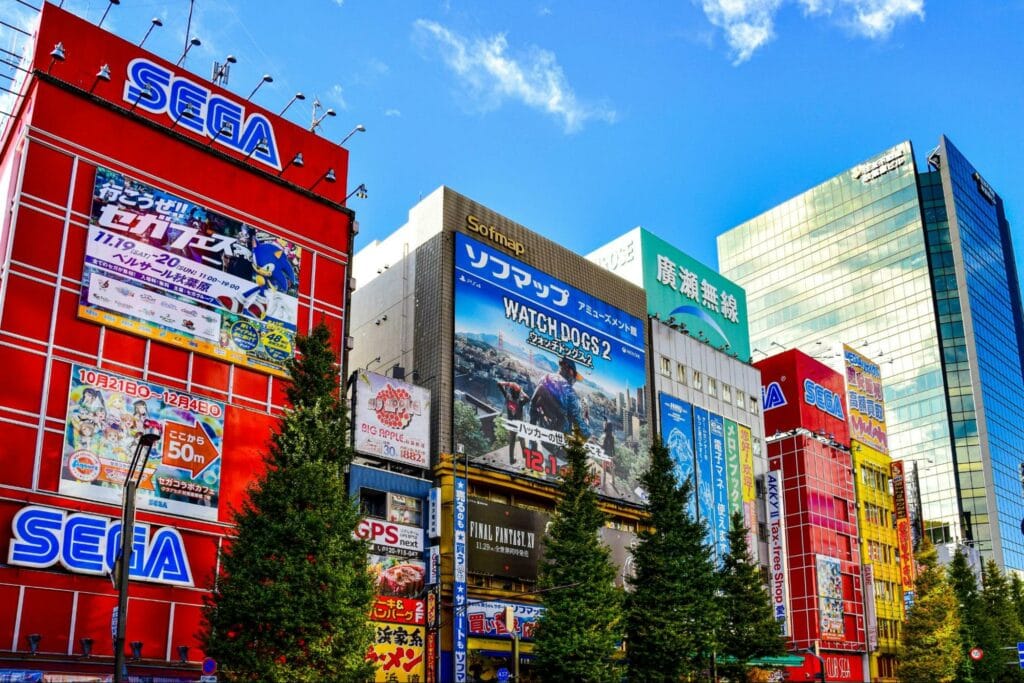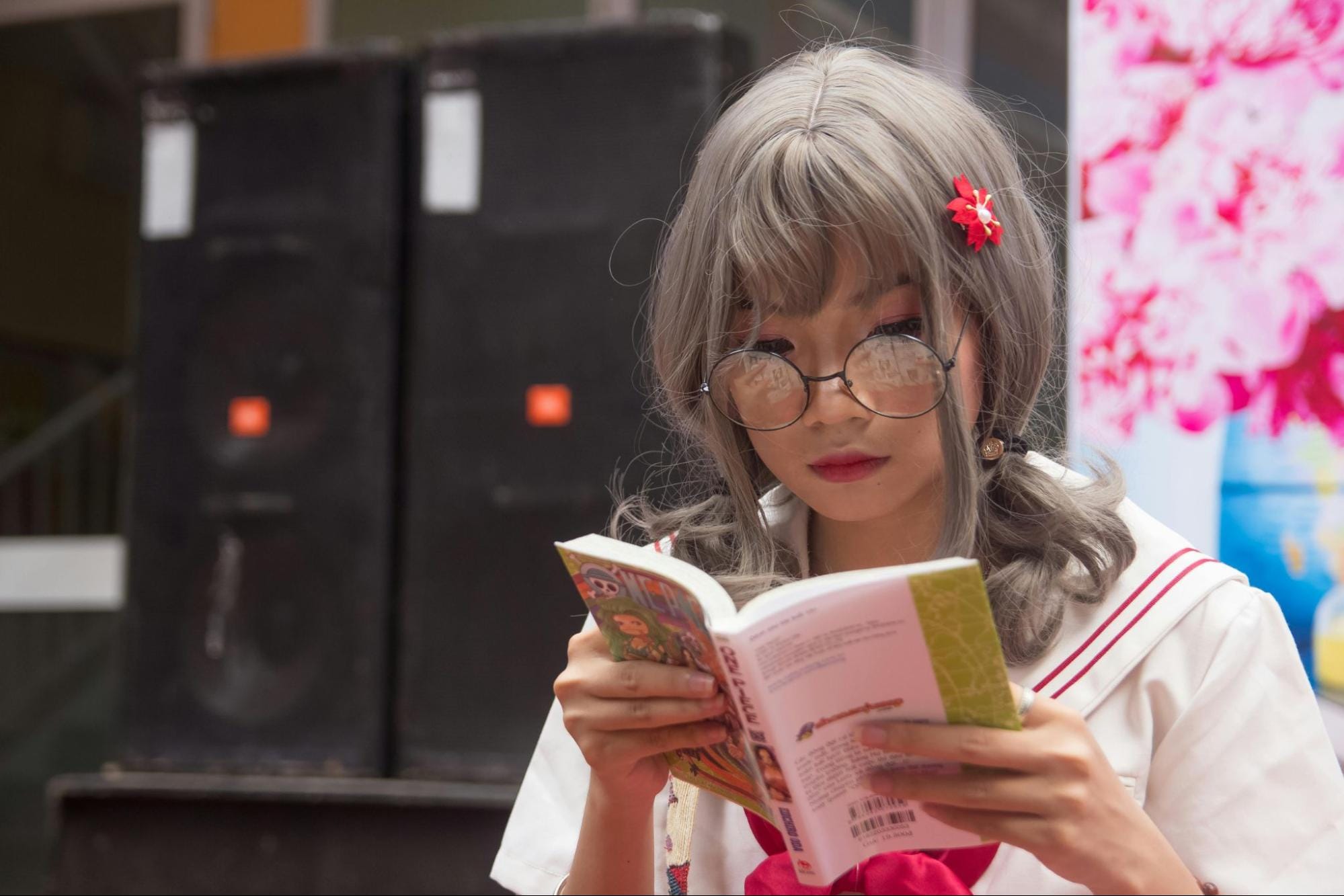The manga, or Japanese comic book industry is a highly lucrative industry, not just in Japan, but in the world. The manga industry has experienced steady growth since 2020, breaking sales records year on year. Domestic sales figures for the top 10 best-selling manga reached 11 million volumes in 2024 (【オリコン年間本ランキング2024】”変な家”シリーズが史上初の2冠達成、「主要3部門」の1位作品をそれぞれ発表 | ORICON NEWS) , with the global market sized estimated at USD 15.6 billion (Manga Market Size, Share & Growth | Industry Report, 2030).
It is no surprise therefore, that manga is being used on short form social media such as X(formerly twitter) and in online marketing to promote and advertise products and services. This is a PR and marketing tactic that is almost exclusive to Japan. Companies are leveraging the unique aspects of the medium to appeal to their audiences through storytelling.
In this article, we will explore the medium of manga and how it is being used in PR and marketing on short-form social media platforms. We will also examine its effectiveness using examples from ShapeWin’s past campaign, showing how manga can boost brand visibility and drive consumer interest.
What is a Manga?

While one might think that manga is just a Japanese form of a comic book, it cannot be understated how different the mediums are in forms of content and format. Unlike comic books, which are usually distributed in single issues and newspapers, Japanese manga are serialized in magazines, usually on a weekly or monthly basis. These can be collected into tankobon, which are collections of the serialized chapters in volumes.
The length of these pieces can also vary significantly. For example, series in weekly syndication are usually between 15-30 pages and series in monthly syndication can be anywhere from 30-50 pages in length. There are also series that are 4-Koma length, a format that is only four panels long. The various lengths cater to different audiences and tend towards different genres. For example, the 4-koma style is often more lighthearted and comedic, while monthly series tend to be more serious. This range in length lets publishers appeal to a wide variety of audiences and group together manga that are similar in length and content for syndication.
Speaking of genre, perhaps the most significant difference between manga and western comics is the target demographic. While comics tend towards targeting young children and comic book fans as its core audience, manga cover a wider range of audiences. Manga tend to be published for specific demographics, including adult males and females. This allows manga to explore a larger variety of genres, such as horror or romance, providing something for nearly every age and interest group and not just children or hobbyists.
How is Manga Used in PR

Because manga in PR is designed to not just entertain, but to promote a brand it follows different guidelines and constraints when compared to traditional manga. For example, rather than being held to the editorial standards of a publisher, writers and artists must meet goals set out by PR specialists and marketers, which can include both a PR agency and a client company.
To that end, manga in PR tends to have a flexible relationship with length. While manga are traditionally long form pieces of content between 15-30 print pages in a weekly series, PR manga are usually shorter and more dynamic, closer to the 4-koma style. However, PR manga does not need to conform to the 4-koma length. Depending on the goals of the marketing and PR campaign, these works can not only be longer than four panels but can also be multi-panel narratives with multiple installments. In the vast majority of cases though, a shorter length is adhered to.
This variability is possible because PR manga is almost exclusively distributed through social media. Because they are not limited by the physical constraints of page size and page count, the length and structure of the story is at the discretion of the creators. This means that PR manga can be tailored in both form and pacing to optimize communication and reach.
The exception to social media is how manga is also used as an element of landing pages. Usually due to the nature of landing pages, these manga tend to be shorter than their social media counterparts, with an emphasis on concise but effective copywriting. Because of the striking visuals, with or without color, and the emphasis on storytelling, manga landing pages can immediately draw the eye and can quickly communicate the core messages and values of the brand.
Benefits of Manga PR
The primary benefit of manga PR is that it feels less like advertising and more like entertainment and engages the audience in a visually appealing format. Presenting advertising messages through stories and characters allows audiences to connect to a brand in a way that is natural and not intrusive. This will help companies and brands achieve their PR and marketing goals through building connections. This is especially true if the content – in this case the manga – is memorable, as that makes it more likely to be shared.
This ties into the secondary benefit, which is tied to its primary method of distribution on social media. PR Manga can be shared on social media, allowing the material and the brand messaging to spread at a fast rate. Thus, PR and marketing teams are incentivized to create engaging content that can “go viral” on social media.
What Makes Good Manga PR

While understanding the benefits of PR manga is important, it is equally valuable to know what makes PR manga effective and what helps it gain traction on social media. In this vein, there are several factors that PR and marketing specialists should consider to create interesting and unique manga content.
One of these factors is to ensure that the content appeals to a wide variety of audiences. To this end, content should be visually appealing in a way that is engaging for casual readers. For example, art styles that are simple and clean are more preferred than those that are busy and overly cute. Of course, cute art styles have their place—as seen with brands like Pokemon and Hello Kitty—but these art styles are not complicated. PR specialists should be able to determine what art style is appropriate for a campaign.
To this end, visual clarity is a related consideration. The artwork should be easy to interpret at a glance, with a visual flow that clearly conveys the plot. Overly complex background elements, while appropriate for a traditional manga, can distract readers from the overall story messaging, which is not conducive to branding and PR. By keeping the content visually clear, the narrative and the promotional messaging is received by the audience.
Perhaps the most important part of creating a PR manga is that the storytelling is both clear and interesting. This means creating characters that the audience finds likeable and relatable and they should not be too deep or complex. Even outside of PR manga, where the primary goal is entertainment – such as Dragon Ball or Detective Conan – characters are not overly complex and are often straightforward.
Speaking of entertainment-focused manga, a popular tactic in PR is collaboration manga. Typically, companies and brands will partner with a media franchise – whether it be a manga, anime, or any other medium – and write a co-branded story that integrates the brand into the existing story. This will often have the familiar characters in the media franchise interacting with the partner brand’s products and services. Although a bit forced, brands can boost their visibility by leveraging a pre-existing fanbase.
Looking at an example: McDonalds
To use an example, let’s take a look at McDonalds’ usage of manga in their PR and marketing.
新米クルー募集中 pic.twitter.com/Rli2GOji2K
— マクドナルド (@McDonaldsJapan) April 22, 2025
春だし、新米クルー募集中 pic.twitter.com/zrYJPFmL3g
— マクドナルド (@McDonaldsJapan) April 24, 2025
In these two examples, the 4-Koma format is used to depict an anthropomorphized pickled plum and rice ball doing various tasks as McDonalds crew members. The text on the X post above states that McDonalds is currently recruiting new staff. Additionally, there is a clever pun being used as well: the term shinmai, used to mean “new recruit,” is also a colloquial expression incorporating the word for rice, adding a playful twist that aligns with the characters and theme.
As you can see from the manga images though, little context is actually necessary. Indeed the manga itself uses no dialogue at all, relying solely on visuals to tell the story and convey emotion. The characters, while cute, also use a relatively simple art style, in the vein of a Hello Kitty, to convey the content in a way that is easy to understand. This approach highlights how manga can be used in a relatively simple format.
Let’s take a look at another example:
イケメンが転校してくる話#漫画が読めるハッシュタグ#忘れられない夏の夜 pic.twitter.com/4cNmlK2R2A
— マクドナルド (@McDonaldsJapan) June 4, 2025
A more complex example, this manga shows an anthropomorphized chicken nugget and a French fry becoming friends with a spicy chicken nugget, and the three of them plan to go to a fireworks festival.”
While more complex, this example does convey information in a very succinct manner. If you were to only see the images with the dialogue eliminated, a reader could infer the story through the characters and the backgrounds. Moreover, the values of McDonalds can easily be read into the story, conveying themes of friendship and inclusivity through the artwork – ideas that fit well into McDonalds’ brand image as a family-friendly fast food chain.
Manga marketing is also starting to catch fire in overseas markets as well. Collaborating with Japanese manga artist Acky Bright, McDonald’s created a manga and anime campaign for the North American market reflecting the restaurant’s portrayal in Japanese media.
Campaign of the Week: WcDonald’s | Contagious
This speaks to the popularity of Japanese culture – and anime and manga in particular in overseas markets.
How your brand can be inspired by Japanese manga content
Brands can draw inspiration from Japanese manga because of its unique widespread appeal, not just in Japan, but in East Asia, Southeast Asia and even North America. The art style of manga, as well as manga storytelling have become pervasive in the APAC region, transcending language barriers and becoming a shared cultural touchstone. Its influence extends into other industries as well, including fashion, product design and education, making it ideal for regional PR and marketing. By utilizing manga in your PR and marketing, brands can connect with audiences in a more authentic manner and foster a sense of familiarity and engagement.
How ShapeWin helps your brand

ShapeWin can help you craft a compelling PR marketing strategy that leverages the power of manga to connect with your audience in meaningful, memorable ways. With expertise in both storytelling and strategic communication, our team works closely with you to develop custom manga content that aligns with your brand’s voice, values, and goals.
Whether you’re aiming to raise brand awareness, or launch a new product or service in the Japan or APAC region, we ensure your message is delivered with clarity, creativity, and cultural relevance. From concept development to art direction and distribution planning ShapeWin provides end-to-end support to help you stand out in today’s crowded digital landscape.
